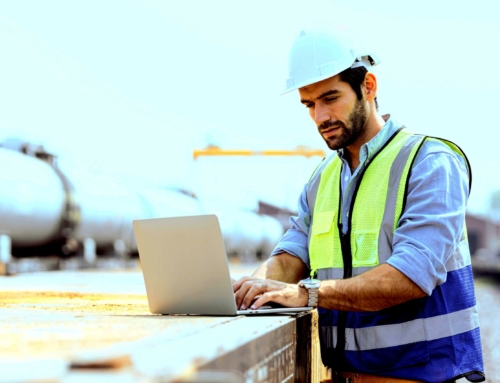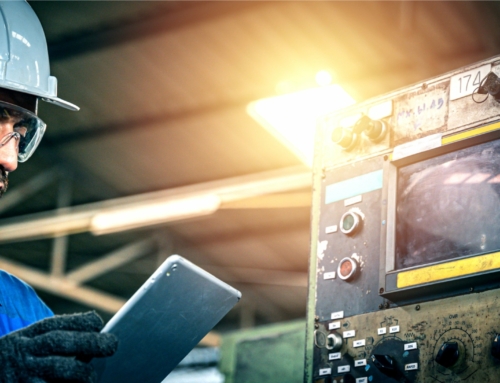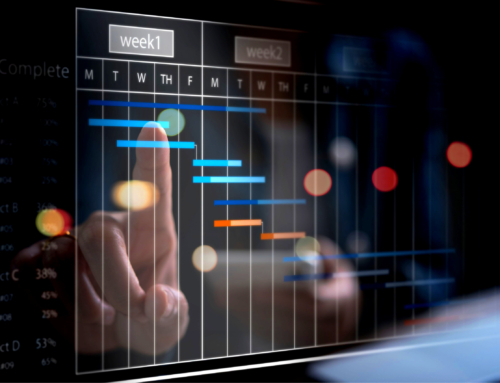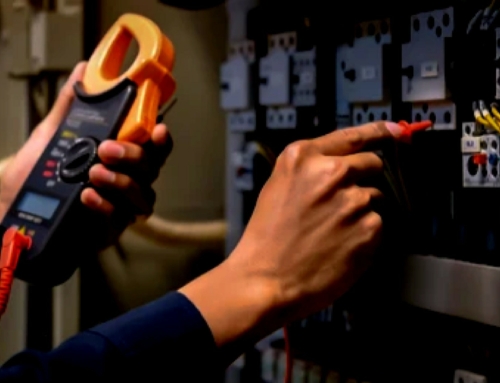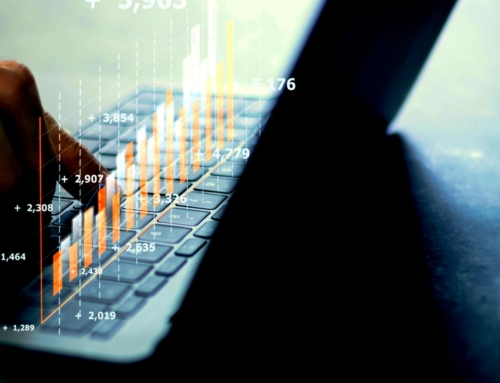It has long been established that the HVAC industry is a significant contributor to rising CO2 levels. CNBC reports such building operations account for 28 percent of global greenhouse gas emissions and, therefore, are a major cause of climate change. But as the temperatures become more extreme, people are relying more and more on the heating and cooling systems in both their homes and workplaces to accommodate the ensuing hotter and colder temperatures. It’s the very definition of a vicious cycle…
Fortunately, there are innovations and trends in the industry that, in both the commercial and residential spaces, may go some way to mitigating the negative effects of HVAC by improving its functionality and efficiency.
Efficiency
Electronic air cleaners are over 40 times more efficient than a standard filter (which is also wasteful as it gets thrown away) in removing unwanted particles from the air, while simple processes such as rightsizing, system updating and careful consideration of the type of refrigerant used can all have a strong positive impact on the efficiency of HVAC systems.
Improved insulation has been proven time and time again to assist HVAC efficiencies by up to 30 percent, so increasingly builders and designers are factoring this in at the very earliest stages of construction.
The rise of ductless HVAC systems is another welcome trend. Generally consisting of a wall-mounted indoor unit and outside compressor, such systems lead to far greater energy efficiency, when compared with an average house, in which around a quarter of the energy consumed is swallowed up by the ductwork.
Ductless models also have inverter-driven compressors, which rather than shutting down entirely speed up and slow down based on the system’s needs. This avoids the large amount of energy traditionally wasted during compressor start-up.
Another great benefit of ductless systems is they can be installed virtually anywhere and are the perfect solution to buildings plagued by holes and gaps in ductwork that cause air leaks. Ductless systems eliminate this, requiring only a very small hole to be drilled into the wall, making them less vulnerable to air leakage and security issues.
It has been forecast that ductless systems could come to represent up to 15 percent of total industry revenues in the next five years.
Innovations
Using data and connectivity
As well as designs that specify ductless heating, many practitioners in the building and architecture industries are using advanced design tools, encompassing smart meters, sensors and thermostats to control humidity levels and airflow as well as temperatures. The result is that different systems within buildings are able to communicate with each other and adjust accordingly. Sensors that manage humidity levels, temperature and lighting inside the building can also link to external brightness, temperature, humidity and other outdoor conditions. In practice this can lead to different levels of air-conditioning or heating supplied to different parts of the building, depending on whether or not they are in shade or direct sunlight. The addition of smart blinds can also provide automated shading, with the blinds opening or closing depending on the position of the sun.
Adding to their improved capabilities, users are able to operate these tools from Wi-Fi-connected software on their personal devices. Such tools maximise efficiency and ease power costs, as landlords, homeowners and property managers can easily control and manage their buildings’ energy usage from wherever they are located. On top of this, the tools gather data that can then be analysed to identify and compare performance, usage trends and system status – providing valuable information for future practice and to assist with preventative maintenance.
Most importantly, software-enabled HVAC can be part of the IoT (Internet of Things) network and therefore able to utilise ever more technologically advanced tools and processes like machine learning and AI to self-diagnose any issues and enable predictive maintenance – helping to minimise downtime when it comes to repair and upkeep.
Green HVAC is in growing demand
HVAC globally may be having a negative impact environmentally, but a promising trend is the increasing use of eco-friendly equipment such as solar panels and wind turbines to reduce reliance on fossil fuel-derived energy and costs. Also on the rise is the use of geothermal methods of heating and cooling, which also bypass the need for electricity generated by petroleum.
A mix of gas and solar sources enables users to switch between the two to control power costs. Thermally-driven air-conditioners are already in development and an Australian manufacturer called Chromasun is working on chillers operated by gas and solar panels for maximum energy efficiency. Plus the very few moving parts imply fewer breakdowns.
Technology and cost-cutting
Commercial building managers feel the impact of rising energy costs just as much as homeowners do. And, with more space to heat and cool annually, they are always looking for ways to not just curtail their carbon footprints, but improve their bottom lines too. More and more organisations are looking to eco friendly and greener alternatives as they can have the advantage of improving triple bottom lines – being more cost-effective, but also giving the organisation’s reputation for ecological and social responsibility a boost.
Adoption of energy efficiency practices in HVAC systems are now a significant factor in future-proofing businesses.
With the increased uptake of measures such as these, the HVAC industry is well-placed to move from being one of the biggest carbon emission culprits to being one of the biggest agents for positive change. Watch this space…
by: Chris Calamos, CEO Retriever Communications

